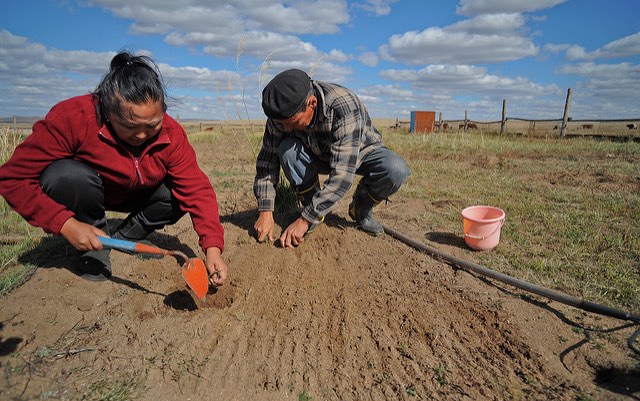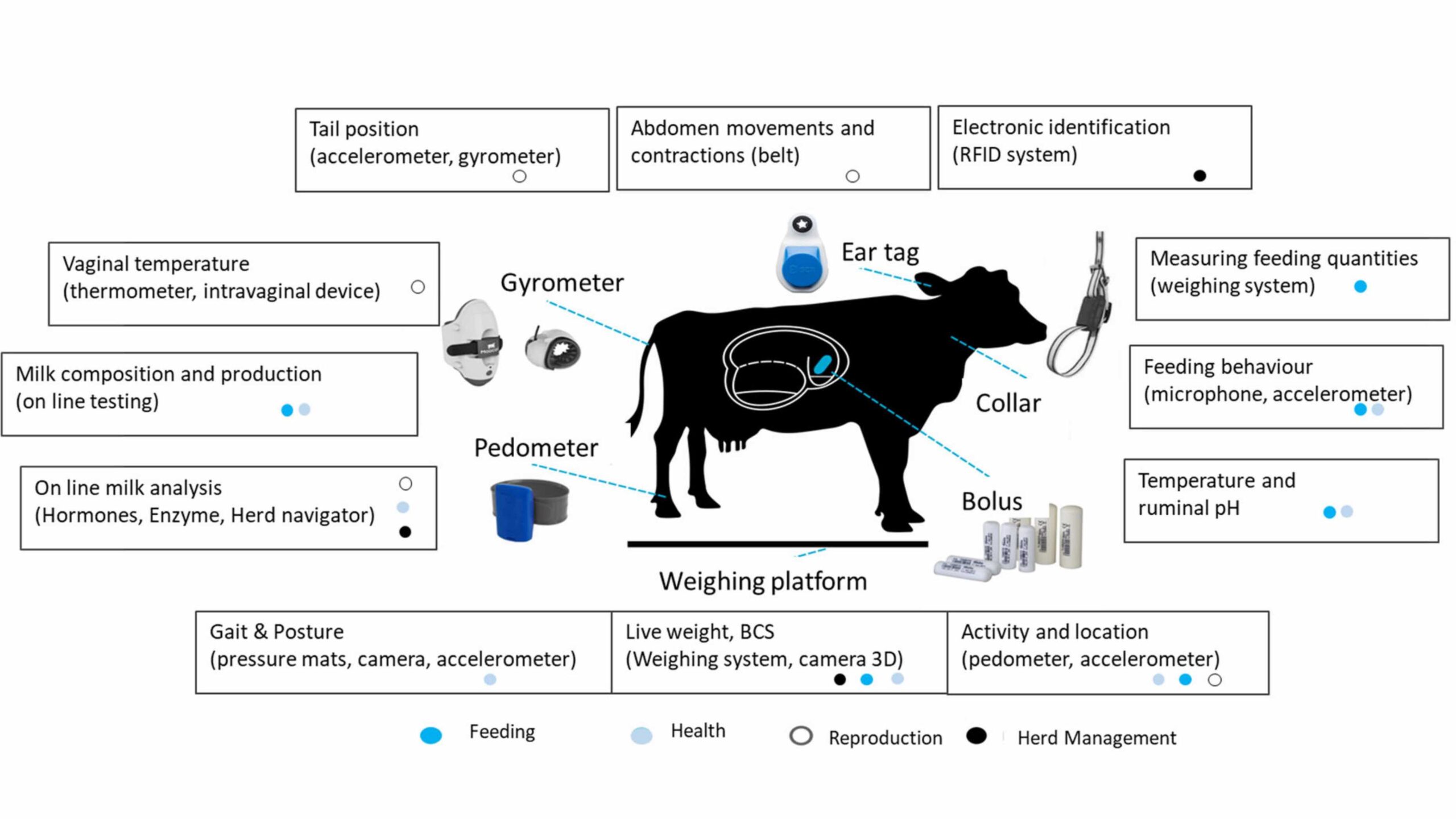Second in a series of blog posts examining the role of risk in agriculture under climate change, in connection with the UN Climate Change Conference (COP25) in Madrid Dec. 2-13. Read the first post here, the third here, the fourth here, and the last here.
The global agricultural sector faces the challenge of fulfilling the food and dietary needs of a growing world population while the conditions in which it operates grow increasingly uncertain. Farming is a risky business and farmers have always faced multiple risks. However, there is a general consensus that climate change will worsen the environment for agricultural production, and that a rising incidence of extreme weather, drought, and other climate-related events, along with higher economic volatility and political instability, will increase farmers’ exposure to risks. These very diverse types of risks compound, reinforcing each other, and this can limit the effectiveness of plans intended to mitigate the negative effects of climate change and slow the adoption of climate change adaptation measures (IPCC 2019).
Development agencies and donors are aware of the importance of managing risk, and the expanding threats of climate change have only provided a stronger motivation to help farmers and governments to cope. Several recent initiatives have addressed the issue of managing risk in a more holistic fashion. Among these are the Platform on Agricultural Risk Management, the World Bank’s Forum for Agricultural Risk Management in Development (FARM-D), the OECD’s risk management and resilience experts group, and programs in the Center for Resilience. Since addressing multiple sources of risks seems to be shaping interventions and investments in many countries, we decided to examine the quality of support and the depth of knowledge provided by the existing literature on the subject. The results of our analysis, just published in Agricultural Systems, are quite surprising.
Figure 1 summarizes our findings. We considered peer-reviewed articles published during the last 45 years (1974-2019) and identified 3,283 studies that address one or more of the five types of risk present in agriculture (production risk, market risk, institutional risk, personal risk, and financial risk). We found that the great majority of studies (85%) consider one source of risk only, and that most of these focus on production and market risks (77% and 15%, respectively). The other three risk areas—institutional, personal, and financial—are the focus of 2.4%, 1.8% and 2.0% of all the articles considered. Only 15% of all the identified articles considered two or more types of risk and only 18 studies considered all them.
Source: Komarek et al (2020). Data from authors’ literature search.
The disproportionate attention that production and market risks have received is staggering, but there are relatively straightforward explanations for it. Markets and prices are at the center of theories and models developed in agricultural economics, and agricultural production is closely connected to biological processes that can be studied in relatively controlled experiments. Also, the most available open access data are about weather, yields, and prices, and this has shaped the methods devised to study risk, which in turn has led to the collection of more data useful to implement the same methods. In fact, several years ago Richard Just (2003) raised a similar point in an important review of how the agricultural economics literature has treated risk.
Thus our study points to an important gap in our body of knowledge, and reveals the disconnect between risk research and the multi-risk realities that farmers face—and the problems that policy makers attempt to address. In light of these results, there is a need to better align the research on risk with the information that implementation agencies, governments, and donors require to prioritize and deliver effective interventions in support of farmers. Clearly, adopting a multi-risk research agenda faces challenges and requires substantial investments in human resources and data collection. Yet absent this knowledge, resources will be allocated inefficiently—without a real understanding of what types of risks are the most consequential for farmers, which interventions could generate the highest returns on investments—and which could provide the greatest protections for farmers, and the best means for feeding the world.
Alessandro (Alex) De Pinto is a Senior Research Fellow and Adam Komarek is a Research Fellow with IFPRI’s Environment and Production Technology Division.
This study was funded by the United States Agency for International Development (USAID) and the CGIAR Research Programs on Policies, Institutions, and Markets (PIM) and on Climate Change, Agriculture and Food Security (CCAFS).







